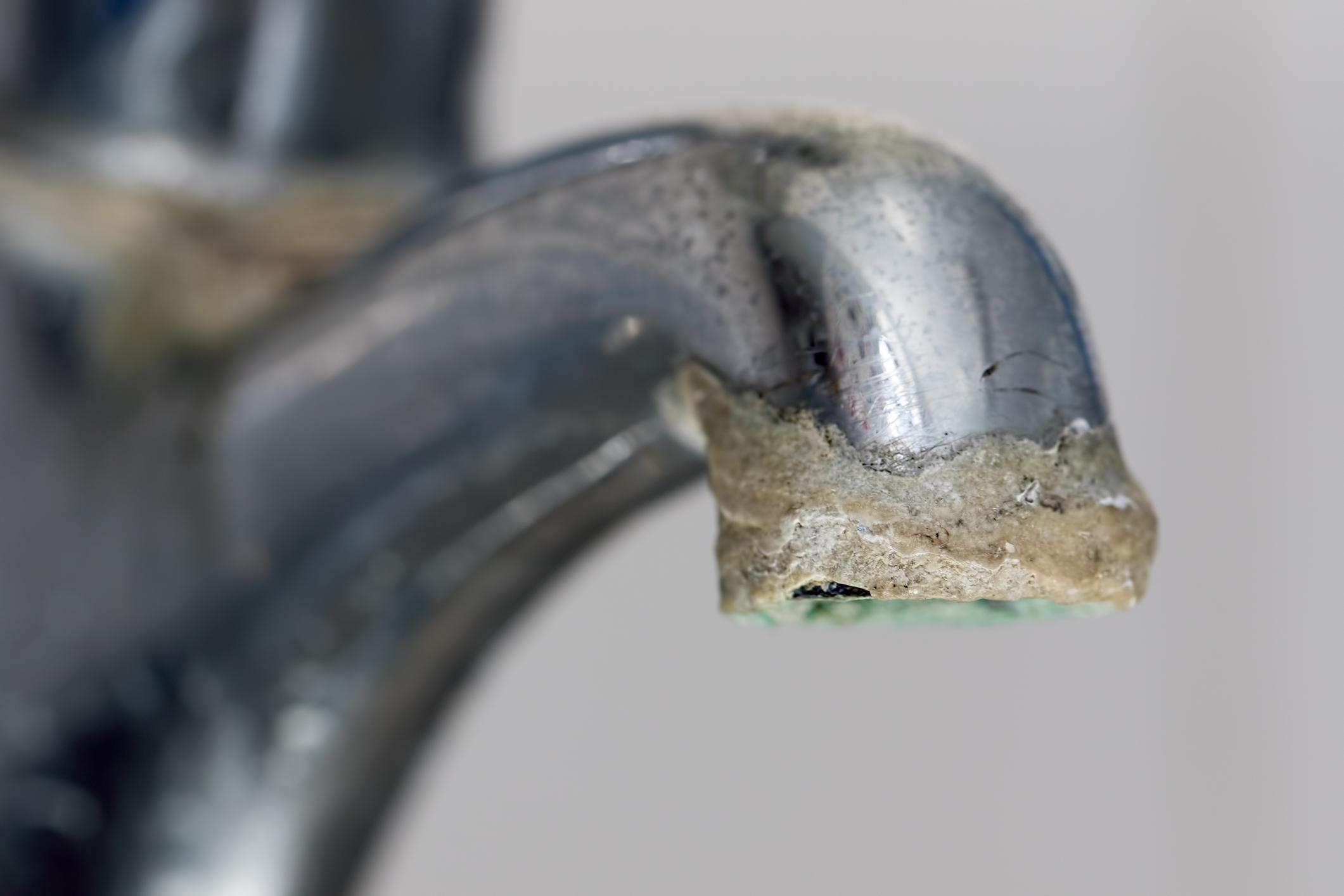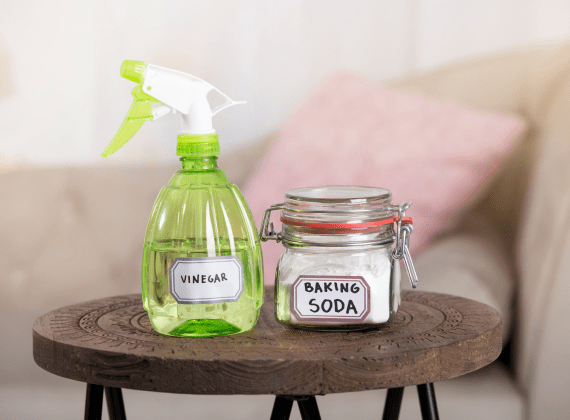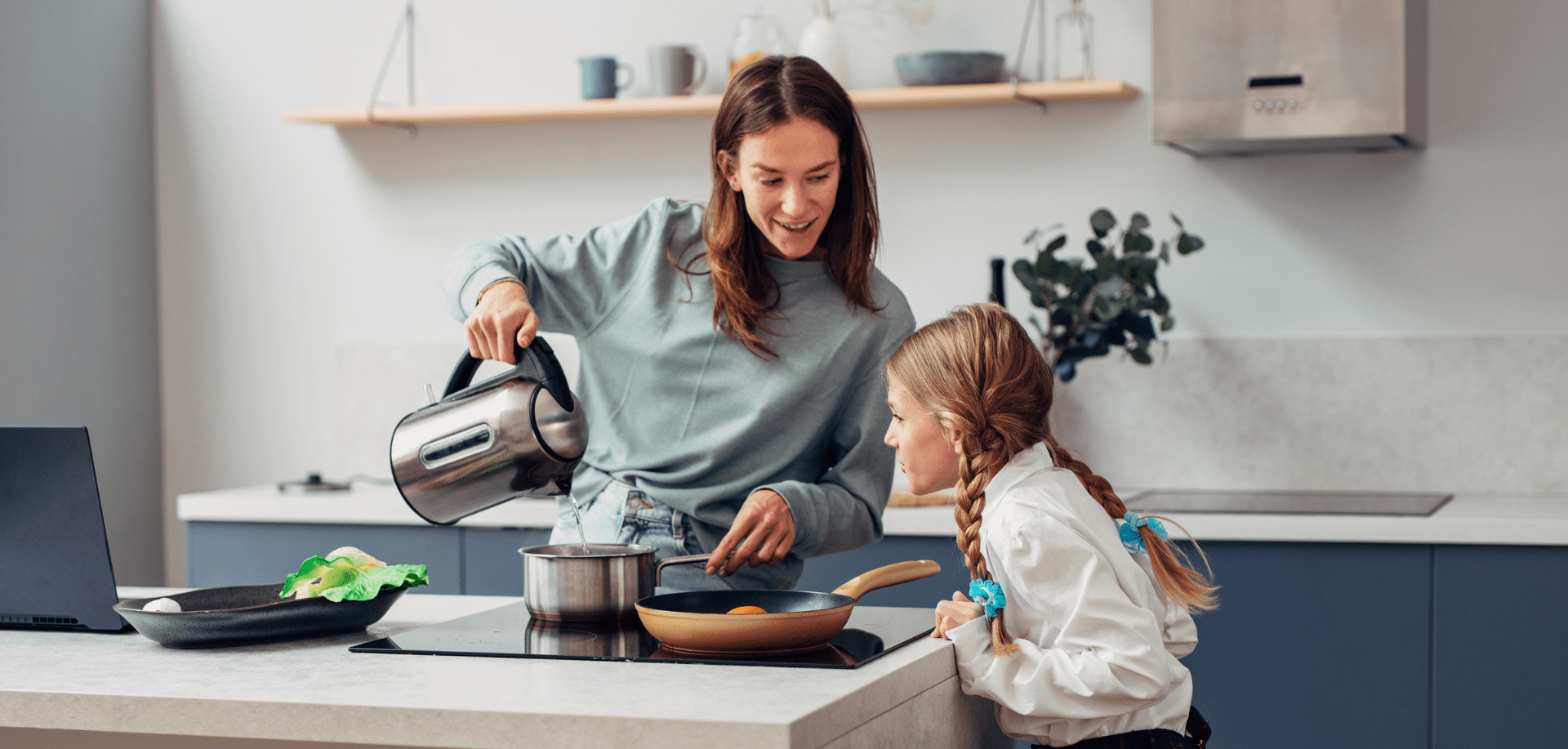How To Clean Limescale from a Toilet
Want to know how to remove limescale from your toilet and return it to it’s original sparkling state?
Read on to find out how…

Want to know how to remove limescale from your toilet and return it to it’s original sparkling state?
Read on to find out how…


Limescale buildup in a toilet can lead to unsightly stains, which not only dull the surface but can also be tough to clean. Over time, limescale deposits—caused by hard water—can block water flow under the rim, reducing the flushing power and allowing bacteria to thrive. Regular removal helps keep the toilet looking fresh and functioning efficiently.

Limescale forms when calcium and magnesium are deposited as hard water evaporates, leaving behind a chalky, scummy residue that’s often recognised on shower screens, showerheads, drinking glasses, and taps.
The colours of limescale can vary depending on the diverse compounds present in the water entering your home. Typically, limescale appears in shades of off-white or grey.

Hard water has a knack for swiftly accumulating on sinks, showers, and toilets, leaving behind stubborn rust and scale stains that pose a challenge to remove. Additionally, it wreaks havoc on household appliances, hindering water flow in pipes and impeding the performance of various devices.
Among all the areas and appliances in our homes, toilets stand out as particularly problematic. Constantly subjected to heavy use and with stagnant water often present, toilets provide an ideal environment for limescale to flourish, exacerbating the issue.

Bleach may seem like a solution, but it only masks the problem temporarily by bleaching the scale, leading to a short-lived improvement before the stains resurface. The most effective approach involves using an acidic solution that can penetrate and dissolve limescale. Household staples like baking soda and white vinegar serve this purpose well.
The best way to tackle this problem is with an acidic solution, which can cut through the limescale. This can be achieved by using household products like baking soda and white vinegar.
To remove the toilet stains, you will need:
Do you need a water softener?
If it’s 100ppm or above, you have hard water. A water softener can help you avoid limescale buildup, saving time and money.
* PPM stands for parts per million and indicates the concentration of dissolved limescale minerals like calcium and magnesium in water.



Please fill out this form so that we can contact you about your enquiry. You can also arrange for a free personalised water analysis in your home or through a virtual online demonstration.


